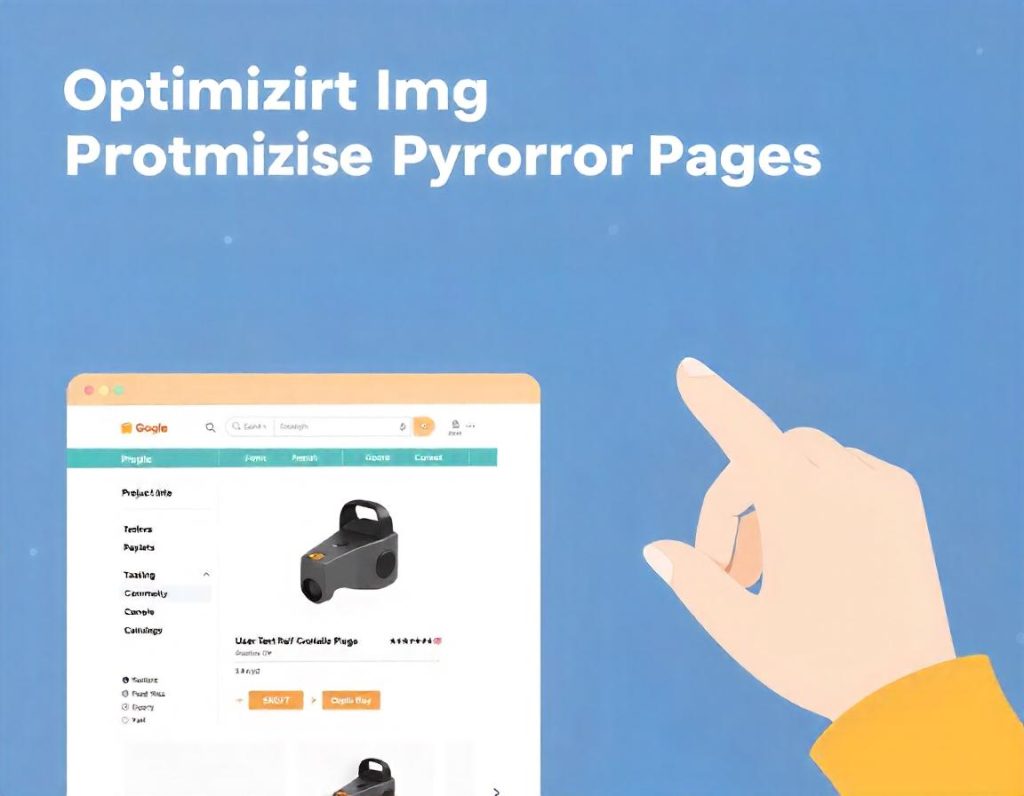Product pages are the cornerstone of any e-commerce site, directly influencing conversion rates and customer satisfaction. Proper optimization can enhance user experience, improve search engine rankings, and drive sales. Below are strategies to effectively optimize your product pages.
1. High-Quality Images
- Use multiple high-resolution images showing different angles of the product.
- Include zoom-in features to allow customers to view details.
- Add lifestyle images to showcase the product in use.
Unlock the Secrets to Going Viral on Social Media and Making Money in Just 12 Days!
2. Compelling Product Descriptions
- Write unique and engaging descriptions highlighting key features and benefits.
- Use bullet points for easy readability.
- Incorporate storytelling to create an emotional connection with customers.
3. Keyword Optimization
- Conduct keyword research to identify terms your audience uses.
- Incorporate primary and secondary keywords naturally in titles, descriptions, and meta tags.
- Avoid keyword stuffing to maintain readability.
4. Mobile Responsiveness
- Ensure the page layout adjusts seamlessly on all devices.
- Optimize image loading for faster performance on mobile.
- Use mobile-friendly fonts and buttons for ease of navigation.
5. Clear Call-to-Action (CTA)
- Use prominent, action-driven buttons like “Add to Cart” or “Buy Now.”
- Place CTAs above the fold for better visibility.
- Experiment with colors and wording to maximize click-through rates.
Learn How To Earn Money With Affiliate Marketing
6. Customer Reviews and Ratings
- Showcase verified customer reviews to build trust.
- Include a star rating system for quick visual reference.
- Respond to customer feedback to demonstrate engagement.
7. Video Demonstrations
- Add product demo videos to highlight usability and features.
- Use testimonial videos to build credibility.
- Optimize videos for faster loading to avoid slow page speeds.
8. Fast Loading Speed
- Compress images and use caching to reduce loading times.
- Minimize the use of heavy scripts or plugins.
- Opt for a reliable hosting provider to ensure consistent performance.
9. Related Products Section
- Showcase complementary or similar products to encourage additional purchases.
- Use AI-powered recommendations for personalized suggestions.
- Label related products clearly to avoid confusion.
Learn How To Boost Your Sales Online
10. Trust Signals
- Add badges like “Money-Back Guarantee” or “Free Shipping” for reassurance.
- Include secure payment icons to build customer confidence.
- Display your return and refund policies prominently.
11. Inventory and Availability Updates
- Show real-time stock availability to create urgency.
- Provide estimated delivery dates to manage expectations.
- Allow customers to sign up for notifications on restocked items.
12. Search Engine Optimization (SEO)
- Optimize URLs with descriptive and keyword-rich phrases.
- Use structured data markup for rich snippets in search results.
- Ensure meta titles and descriptions are concise and enticing.
13. Social Proof
- Display customer photos or videos using your product.
- Highlight partnerships, awards, or certifications.
- Integrate social sharing buttons to encourage customer engagement.
14. Personalization
- Offer tailored recommendations based on browsing history.
- Enable dynamic pricing for targeted promotions.
- Customize content for returning visitors to improve retention.
15. Testing and Analytics
How to Make Money as a Fashion Affiliate Marketer
- Perform A/B testing on design elements, CTAs, and layouts.
- Track user behavior with tools like heatmaps and analytics.
- Continuously refine based on performance metrics and feedback.

